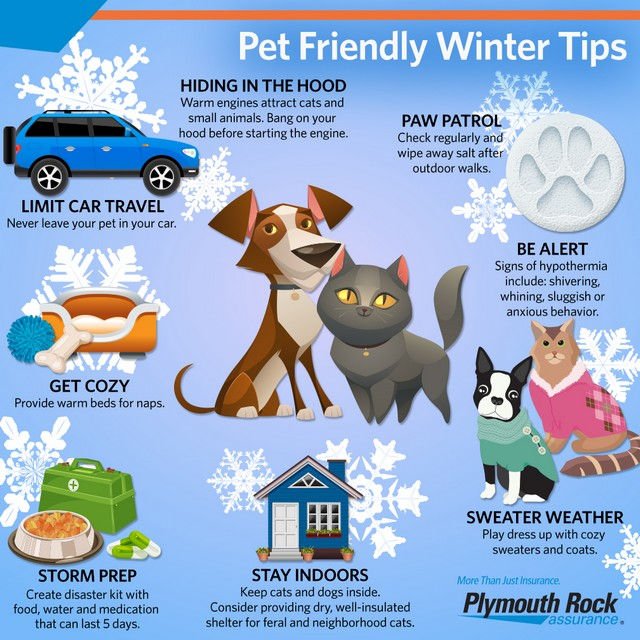Pet Safety in Extreme Weather: Essential Tips for Protecting Your Furry Friends
Pet Safety in Extreme Weather: Given the erratic nature of climate systems, extra care is needed by owners to guarantee their fluffy friends’ safety and comfort during extreme weather conditions. Animals can’t protect themselves from scorching sun, cold or fierce storms hence people are supposed to assume this role. This write-up gives useful tips on what you should do to your animals so that they don’t get hurt when the weather is too harsh for them.
1. Hot Weather Precautions
Pets, particularly dogs and cats, are at risk in hot weather. This can lead to dehydration and overheating which may cause sunstroke. To protect your pet:
⦁ Provide Ample Water: Make sure your pet always has fresh water available. In case of hot temperatures, it’s advisable to check their water bowl every so often.
⦁ Avoid Midday Walks: 10 am and 4 pm are the hottest hours of the day; hence, it is a dangerous time for outdoor activities. Take your dog out early in the morning or late in the evening when it is cool enough.
⦁ Never Leave Pets in a Parked Car: Even with a window open slightly, this will still make oven-like conditions inside a car. Temperatures within a vehicle can reach lethal levels within minutes resulting in deadly hyperthermia.
⦁ Create a Cool Environment: During hot seasons pets should stay indoors where the temperature is lower; otherwise they must find shade and be kept cool with good ventilation around them.
2. Cold Weather Considerations
Cold weather poses its own set of challenges especially for pets with thin coats or small bodies. To ensure your pet remains healthy during winter months:
⦁ Limit Outdoor Time: Just as hot weather can be harmful, cold weather can also be dangerous. Frostbite and hypothermia are real threats, so limit your pet’s time outside, especially during freezing temperatures.
⦁ Provide Warm Shelter: If your pet spends time outdoors, ensure they have a warm, dry, and insulated shelter to protect them from the cold. Blankets and bedding can help retain body heat.
⦁ Dress Appropriately: Consider using a pet sweater or coat for dogs with short hair or those that are sensitive to the cold. Booties can protect their paws from ice, salt, and frostbite.
⦁ Check for Frostbite: After your pet has been outside, check their ears, paws, and tail for signs of frostbite, such as pale or bluish skin. Seek veterinary care if you suspect frostbite or hypothermia.

3. Storm and Natural Disaster Preparedness
Pet Safety in Extreme Weather: Pets can suffer greatly when the weather is unstable, as during thunderstorms, hurricanes, or tornadoes. These pointers should help you become ready:
⦁ Assemble an Emergency Kit: Make a pet emergency pack with food, water, medications in case of any issue, leash and identifying tags. Store it somewhere you might quickly access and that is safe.
⦁ Secure Shelter: When storms strike, keep your pet indoors and limited to one area. pleasant environment. Should you be forced to evacuate, do so with your pets; never abandon them. Pets are increasingly allowed to stay in many hotels and shelters during natural disasters.
⦁ Calm Their Nerves: Loud noises and flashing lights can cause pet fear. Using pheromone spray or anxiety wrap could help you relax them during storms.
Conclusion
Although inclement weather can cause problems for pets, you can keep your furry friends safe and cosy by following the correct advice. Always keep conscious of the temperature and act preventatively to protect your pet from the surroundings. By following basic preventive steps, you may ensure your dogs’ safety and well-being independent of the temperature. Still, they rely on you.
Thanks for Reading
Pet Safety in Extreme Weather




Pingback: Top 8 Dogs Training Tips: Effective Techniques for Obedience and Good Behavior
Pingback: Why Should We Keep a Pet? The Importance of Pets in Our Lives